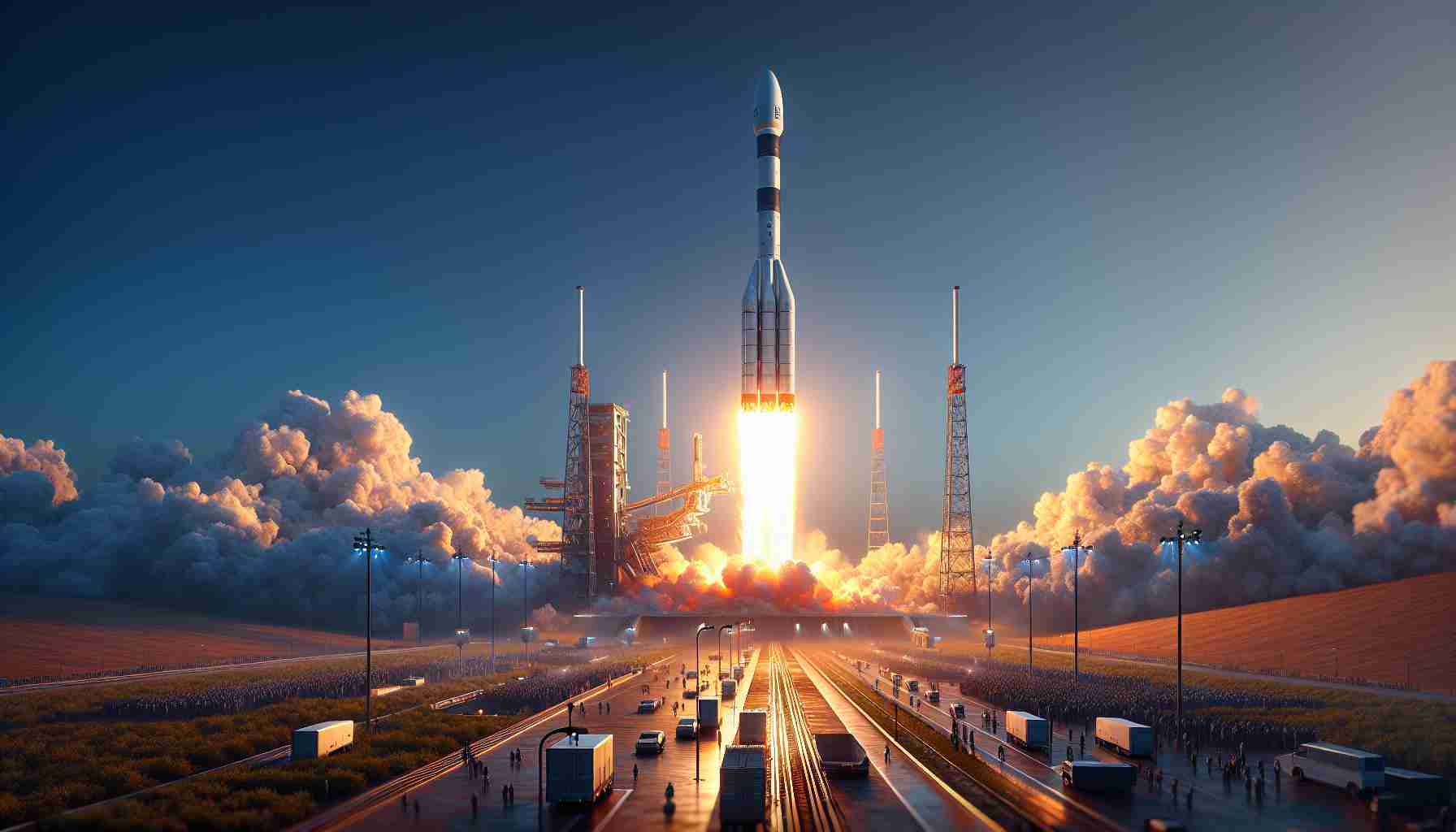
On Tuesday, China successfully introduced its fifth Gaofen-12 satellite into orbit, enhancing its Earth observation capabilities. The satellite was launched aboard a Long March 4C rocket at 7:45 PM local time from the Jiuquan Satellite Launch Center, located in the Gobi Desert. Following the launch, the Shanghai Academy of Spaceflight Technology announced that the satellite entered its designated orbit smoothly.
The new Gaofen-12 (05) satellite is expected to join its four predecessors in sun-synchronous, roughly circular orbits approximately 630 kilometers above Earth. It is part of China’s civilian initiative known as the China High-resolution Earth Observation System (CHEOS), which utilizes advanced imaging technologies including optical, infrared, and synthetic aperture radar (SAR).
Initial reports indicate that the Gaofen-12 (05) satellite will serve multiple purposes. These include supporting land surveys, aiding urban development, improving road design, estimating agricultural yields, and facilitating disaster relief operations. While marketed for civilian use, the limited disclosures about its technical specifications hint at possible applications in military contexts.
Alluding to a shift in focus, it’s noteworthy that details on newer Gaofen satellites remain largely undisclosed, diverging from the more transparent release of information for earlier models. This secrecy suggests a complex dual-use capability, intertwining civilian and defense objectives within China’s expanding satellite program.
With this launch, China’s ambitious space initiatives continue to gather momentum, promising impactful advancements across various sectors.
China Expands Satellite Fleet with Latest Launch: A Look at the Broader Implications
On Tuesday, China successfully launched its fifth Gaofen-12 satellite, marking a significant milestone in its efforts to enhance Earth observation capabilities. The Gaofen-12 (05) satellite was deployed into orbit via a Long March 4C rocket from the Jiuquan Satellite Launch Center. This launch is part of an ongoing series of advancements in China’s ambitious space program, which aims to create a robust satellite constellation for both civilian and potential military applications.
Key Questions and Answers
1. What are the primary purposes of the Gaofen-12 satellite?
The Gaofen-12 satellite is designed for a diverse range of applications, including land surveying, urban planning, agricultural monitoring, and disaster response. Its advanced imaging technologies allow for precise data collection that can significantly benefit various sectors.
2. How does the Gaofen program interface with China’s military objectives?
While the Gaofen series is marketed for civilian use, the dual-use nature of satellite technology raises questions about its potential military applications. Analysts suggest that the data collected could be beneficial for military reconnaissance and strategic planning.
3. What is the significance of China’s satellite fleet expansion?
The expansion of China’s satellite fleet is indicative of its growing aspirations as a space power. With an increasing number of satellites, China can enhance its global surveillance capabilities, promote its technological expertise, and reduce reliance on foreign satellite imagery.
Key Challenges and Controversies
One of the primary challenges associated with this expansion is the issue of transparency. The Chinese government has been less forthcoming about the technical specifications and intended uses of newer satellites in the Gaofen series compared to earlier models. This lack of transparency raises concerns among international observers regarding the military applications of what is ostensibly a civilian project.
Another challenge is the geopolitical implications of China’s growing satellite capabilities. As China enhances its monitoring capabilities, rival nations may react by bolstering their own space programs or surveillance efforts, leading to a potential arms race in space.
Advantages and Disadvantages
Advantages:
– Enhanced Data Collection: The Gaofen satellites provide high-resolution imagery that can aid in managing natural resources, urban development, and disaster responses.
– Strengthened Technological Leadership: By investing in satellite technology, China positions itself as a leader in the global space race, potentially benefiting its economy and technological advancements.
Disadvantages:
– Geopolitical Tension: The dual-use nature of the technology may exacerbate tensions with other nations, particularly those in the Asia-Pacific region.
– Environmental Impact: The increasing number of satellites poses risks related to space debris and the sustainability of space operations.
Conclusion
China’s launch of the Gaofen-12 (05) satellite illustrates the nation’s ambition to expand its influence in space while enhancing its capabilities for Earth observation. As the situation develops, the implications of this expansion on international relations and space governance will become increasingly significant.
For further information, visit Space.com for updates on satellite launches and space technology developments.



